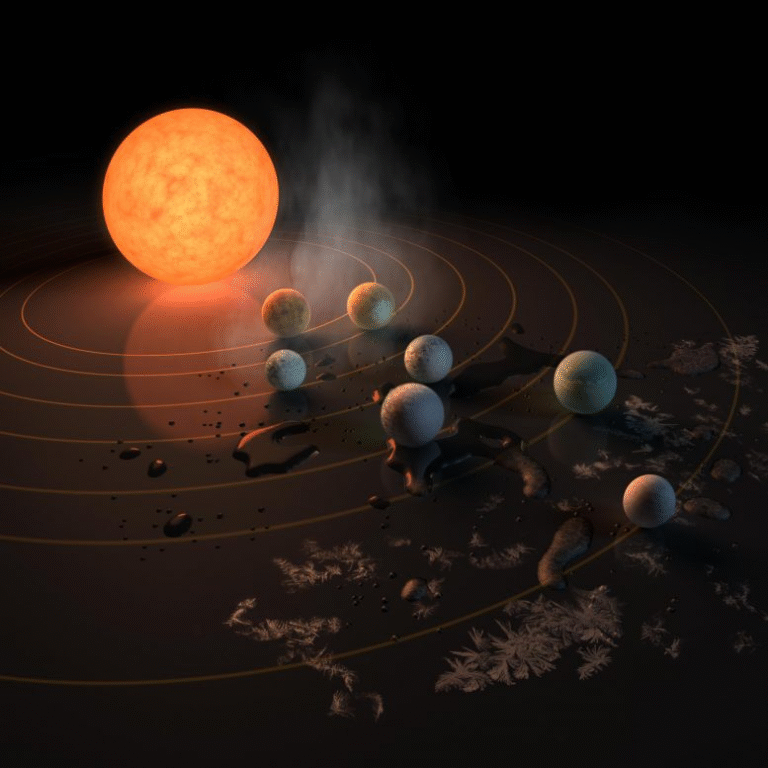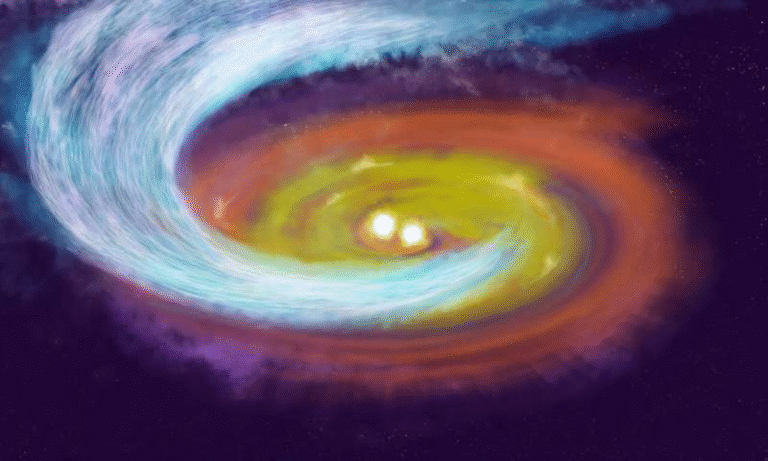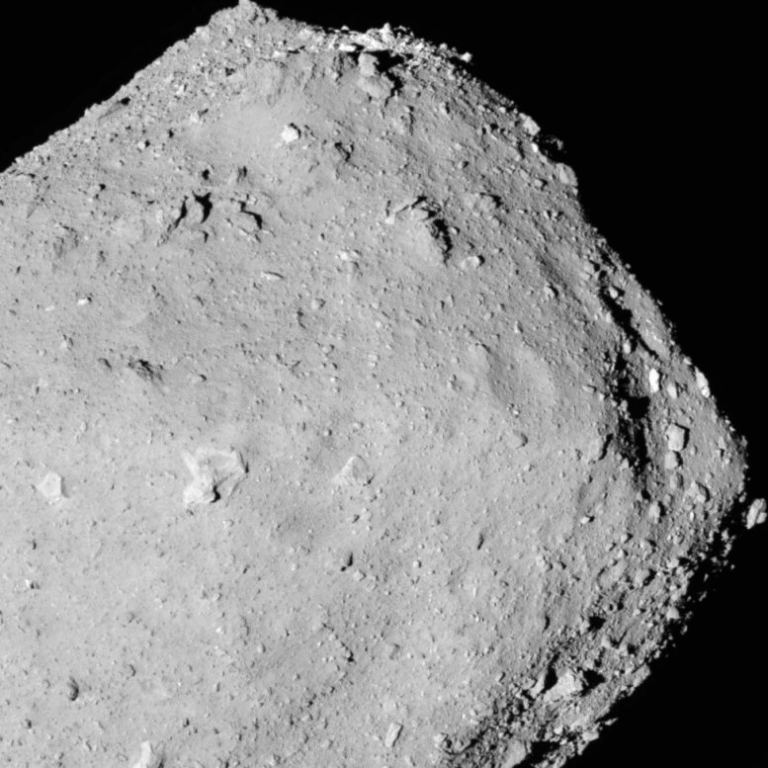Do Interstellar Objects Pose a Real Threat to Earth? Understanding the Latest Research

Interstellar objects—those mysterious visitors that drift into our solar system from other star systems—have fascinated astronomers ever since the first confirmed one, ‘Oumuamua, zipped past the Sun in 2017. Since then, only two more have been spotted: the interstellar comet 2I/Borisov in 2019 and 3I/ATLAS, which is currently making its way through the inner solar system. These detections have raised a natural question: if some of these objects pass through our neighborhood, could any of them actually collide with Earth?
A new study titled The Distribution of Earth-Impacting Interstellar Objects, led by Darryl Seligman from Michigan State University, takes a detailed look at that exact question. The researchers explored where these objects are most likely to come from, how fast they tend to move, what types of trajectories could lead them toward Earth, and even what time of year certain types of impacts are more likely.
This article breaks down that research in a clear, straightforward way—while also diving into broader background information so readers get the full picture of what ISOs are, why they matter, and what scientists still don’t know.
What Interstellar Objects Are and Why They Matter
Before going into the new study, it helps to understand what makes ISOs special.
Interstellar objects are not part of our solar system. They formed around other stars—possibly billions of years ago—and were ejected into interstellar space through gravitational chaos, planetary migration, or stellar disruptions. Once free, they wander the galaxy until chance brings them near the Sun.
Because they travel at hyperbolic speeds, they’re not gravitationally bound to the Sun like comets and asteroids that originate here. This gives them very different orbital behaviors, velocities, and origins.
We’ve only identified three ISOs so far, but astronomers are certain many more have passed through our solar system unnoticed. Our detection capability has only recently become strong enough to catch them.
Why Scientists Are Concerned About Potential Impacts
Earth has been hit by countless objects over its history, forming structures like the Vredefort crater—one of the largest known impact sites. These impacts were caused by asteroids or comets native to the solar system, but there’s no rule that prevents ISOs from hitting Earth as well.
The early solar system experienced far more collisions than today, but ISOs don’t depend on local solar system conditions. Their rate of arrival likely stays constant over time, meaning any potential risk today would be similar to the risk billions of years ago.
Because the number of ISOs passing through the solar system each year is still unknown, the new research doesn’t try to estimate how often an impact might occur. Instead, it focuses on the distribution of their arrival directions, velocities, orbital shapes, and impact tendencies.
What the Study Investigated
The researchers simulated a massive ISO population: around 10¹⁰ virtual interstellar objects, which allowed them to extract about 10⁴ simulated Earth-impacting examples—a large enough sample to study patterns.
Why They Used M-Star Kinematics
Most stars in the Milky Way are M-dwarfs (also called red dwarfs), which means statistically, most ejected objects should come from such systems. Based on this, the team modeled the ISOs using typical velocity distributions associated with M-dwarfs.
They acknowledge this assumption is somewhat arbitrary because real ISO kinematics are still poorly constrained. Different source populations would produce different distributions, but many of the broad trends would likely remain similar.
Key Findings From the Simulations
Here are the most important results from the research—presented as clearly and directly as possible.
1. ISOs Are More Likely to Come From Two Regions
According to the results, impact-capable ISOs are about twice as likely to come from:
- The solar apex – the direction in which the Sun moves as it orbits the Milky Way.
- The galactic plane – the dense, disk-shaped region where most stars are located.
This makes intuitive sense. As the Sun moves through space, it encounters objects head-on, much like a car driving through rain hits more raindrops from the front.
2. High-Velocity ISOs Don’t Usually Hit Earth
While ISOs generally move faster than solar-system objects, the simulations show that impact-capable ISOs are slower, not faster. Slower hyperbolic objects experience stronger gravitational focusing from the Sun, allowing their paths to bend into Earth-crossing trajectories. Faster objects zip past too quickly for the Sun to significantly alter their paths.
3. Earth’s Seasons Affect ISO Arrival Rates
A surprising detail in the study involves seasonal variations:
- Spring sees more ISO arrivals with extremely high velocities.
- Winter has a higher number of potential impactors overall, because Earth faces the solar antapex, the direction opposite the Sun’s motion.
4. Where on Earth an Impact Is Most Likely
The research suggests that:
- Low latitudes, especially near the equator, face the greatest ISO impact probability.
- There is a slightly elevated risk in the Northern Hemisphere, partly because the solar apex lies slightly north of the ecliptic.
Interestingly, this coincides with where most humans live, but the difference is modest rather than alarming.
5. The Study Does Not Predict Impact Frequency
The authors stress repeatedly that they are not calculating actual ISO impact rates. The number of ISOs in the galaxy remains too uncertain. Instead, the study focuses on the shapes, directions, and characteristics of ISO orbits if they were heading toward Earth.
Broader Challenges in Understanding ISO Abundance
While this study focuses on distribution, other research attempts to figure out how many ISOs exist. But current data have major inconsistencies.
For example, one recent paper explored an interstellar flux gap, showing that measurements of small interstellar dust grains don’t match predictions for kilometer-scale objects. If you try to connect them with one smooth power-law curve, you get contradictions—meaning the real population is more complex.
This is important because:
- Smaller interstellar meteoroids appear rarer than expected.
- Larger interstellar visitors (like Oumuamua-sized objects) might not follow the same distribution at all.
Until more ISOs are detected, especially by powerful upcoming surveys, researchers can’t confidently estimate how often these objects might enter the inner solar system or strike Earth.
How Future Observatories Will Improve Detection
The upcoming Vera Rubin Observatory (VRO) and its Legacy Survey of Space and Time (LSST) will be major game changers. With rapid sky scans and extremely deep imaging, LSST should detect far more ISOs—possibly dozens or even hundreds per year.
More detections mean:
- Better constraints on ISO velocity distributions
- Improved models of ISO origins
- Ability to check the predictions from studies like this one
- More accurate estimates of impact frequency
Once we have real population data, scientists will finally be able to judge how dangerous (or harmless) ISOs really are.
So, Should We Worry About ISO Impacts?
Based on today’s knowledge:
- The probability of an ISO impact is not known, but probably low.
- Solar-system asteroids and comets remain a much larger threat, because there are millions of them and thousands are tracked.
- This new research helps scientists understand how an ISO impact might happen, not how often.
For now, ISOs are more of a scientific mystery than a practical hazard. But as we collect more data, we’ll get a clearer picture of their true risk.
Research Paper:
https://arxiv.org/abs/2511.03374





